- Home
- Articles
- Architectural Portfolio
- Architectral Presentation
- Inspirational Stories
- Architecture News
- Visualization
- BIM Industry
- Facade Design
- Parametric Design
- Career
- Landscape Architecture
- Construction
- Artificial Intelligence
- Sketching
- Design Softwares
- Diagrams
- Writing
- Architectural Tips
- Sustainability
- Courses
- Concept
- Technology
- History & Heritage
- Future of Architecture
- Guides & How-To
- Art & Culture
- Projects
- Interior Design
- Competitions
- Jobs
- Store
- Tools
- More
- Home
- Articles
- Architectural Portfolio
- Architectral Presentation
- Inspirational Stories
- Architecture News
- Visualization
- BIM Industry
- Facade Design
- Parametric Design
- Career
- Landscape Architecture
- Construction
- Artificial Intelligence
- Sketching
- Design Softwares
- Diagrams
- Writing
- Architectural Tips
- Sustainability
- Courses
- Concept
- Technology
- History & Heritage
- Future of Architecture
- Guides & How-To
- Art & Culture
- Projects
- Interior Design
- Competitions
- Jobs
- Store
- Tools
- More
Why Bridges Are More Than Structures: How They Shape People, Places, and Possibility
Discover why bridges are more than structures. They connect people and places, turning barriers into opportunities. Explore their social and economic impact, cultural symbolism and design, the need for resilient maintenance, community input, and even digital bridges that redefine identity.

We build bridges because we want to get somewhere, and because we want to be with one another. That’s the short answer to why bridges are more than structures. The fuller truth is that every span, from a humble footbridge to a sweeping suspension icon, rearranges our social map. Bridges compress distance, unlock opportunity, and carry stories across generations. When we look closely, we see they’re not just engineering feats: they’re commitments to connection, and to the future we’re choosing together.
Table of Contents
ToggleThe Human Impulse To Connect
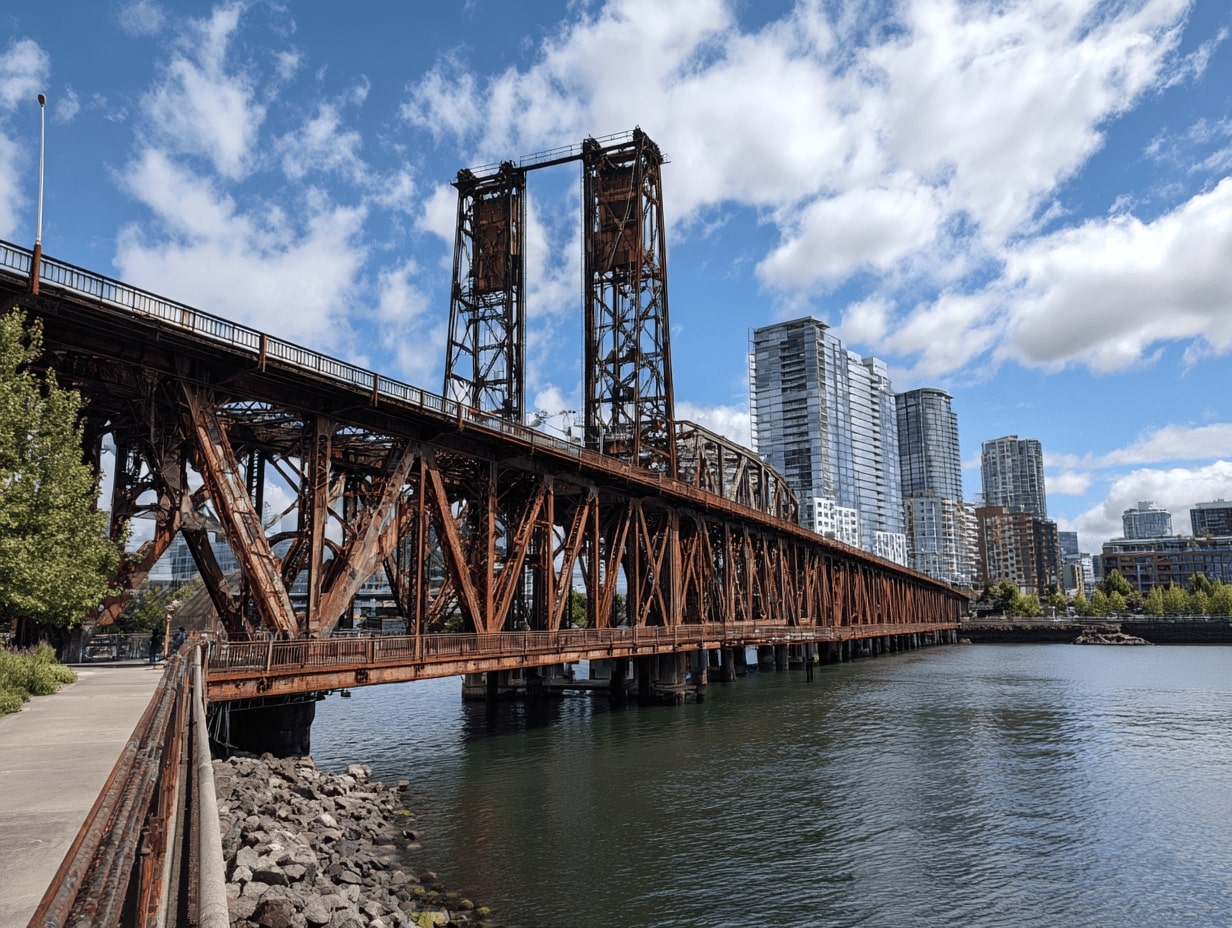
From Obstacles To Opportunity
Rivers, ravines, rail lines, obstacles are invitations in disguise. We’ve learned to read a chasm not as “stop,” but “solve.” When we plan a bridge, we’re translating friction into flow. Think of the first footbridges we crossed as kids: a creek becomes a shortcut, a neighborhood opens up, a friend’s house feels closer. The same instinct scales. That’s why bridges are more than structures: they’re bold answers to the oldest human question: how do we reach each other?
Shared Identity And Belonging
Bridges redraw our mental maps. Once two sides are linked, we start to talk about “our waterfront” or “our side of the bay.” Shared access turns into shared identity. Street festivals choose bridge vistas: local logos borrow silhouettes: our daily routines take cues from their rhythm. We don’t just use bridges, we adopt them. In doing so, we stitch belonging into the ordinary act of crossing.
Engines Of Economic And Social Mobility

Trade Corridors And Regional Growth
Open a new span and supply chains breathe easier. Delivery times drop, markets widen, small firms find new buyers. Ports, rail yards, and highways work as a system, and bridges are the keystones that keep that system from buckling. We see it every time a freight bottleneck is relieved: warehouses expand, downtowns revive, storefronts light up. This is another reason why bridges are more than structures, they’re growth levers.
Access To Jobs, Schools, And Healthcare
Mobility isn’t only about goods: it’s about people. A reliable crossing can mean a shorter commute to a better job, a safer route to school, or a weekend clinic within reach. When we halve a commute, we hand back hours to families. When we add a bike-and-ped lane, we multiply options for those who don’t drive. Bridges, done right, reduce the cost of being poor by cutting time, fares, and stress from everyday trips.
Cultural Symbols And Storytelling

Iconic Forms And Civic Pride
Some bridges become instant postcards. Not because they’re flashy, but because they capture a city’s posture, confident, welcoming, unafraid of span and space. We gather on them for sunrises, protests, marathons, fireworks. They’re stages and backdrops, and we feel taller standing on them. Pride like that isn’t trivial: it’s a civic asset that attracts visitors, talent, and investment.
Metaphors In Language, Art, And Ritual
We talk about “building bridges,” “crossing a bridge when we get there,” and “burning bridges” when we shouldn’t. The metaphor sticks because it’s accurate. In art and ritual, bridges mark thresholds, between old and new, fear and courage, isolation and community. Poems, films, even wedding photos borrow their symbolism. Our language didn’t just decorate the bridge: the bridge shaped our language.
Design As Dialogue With Place
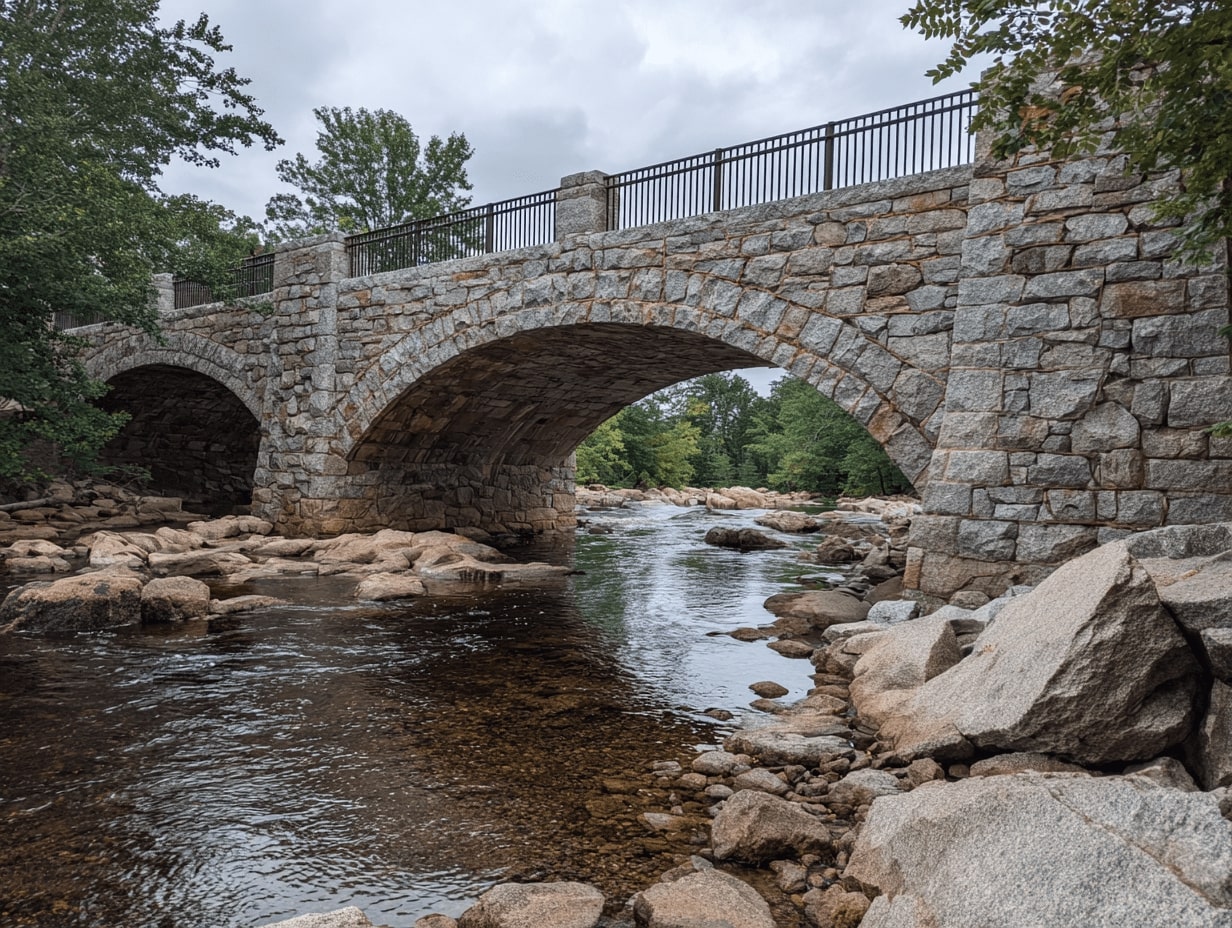
Engineering Elegance And Aesthetics
Great bridges solve equations and emotions at once. Proportions, materials, and light lines matter. A well-tuned arch or cable pattern can feel inevitable, like it grew there. When we design with restraint and clarity, we get structures that age gracefully and still make commuters glance up from their phones.
Environmental Stewardship And Wildlife Corridors
Every crossing edits a landscape. We owe that landscape care. Thoughtful siting can protect wetlands: longer spans can preserve river flow and fish passage: textured guardrails can reduce bird strikes. In many regions, green overpasses stitch habitats so elk, bears, and even pollinators move safely. It’s another way bridges are more than structures: they can reconnect ecosystems we once fragmented.
Community Engagement And Equity
No one knows the daily frictions of a place better than the people who cross it. Early, honest engagement reveals desire lines, cultural sites, and fears that drawings miss. Adding a bus-only lane, shade on a walkway, or ramps that meet ADA standards isn’t charity, it’s good engineering. Equity is a design constraint, not an afterthought.
Risk, Resilience, And Trust
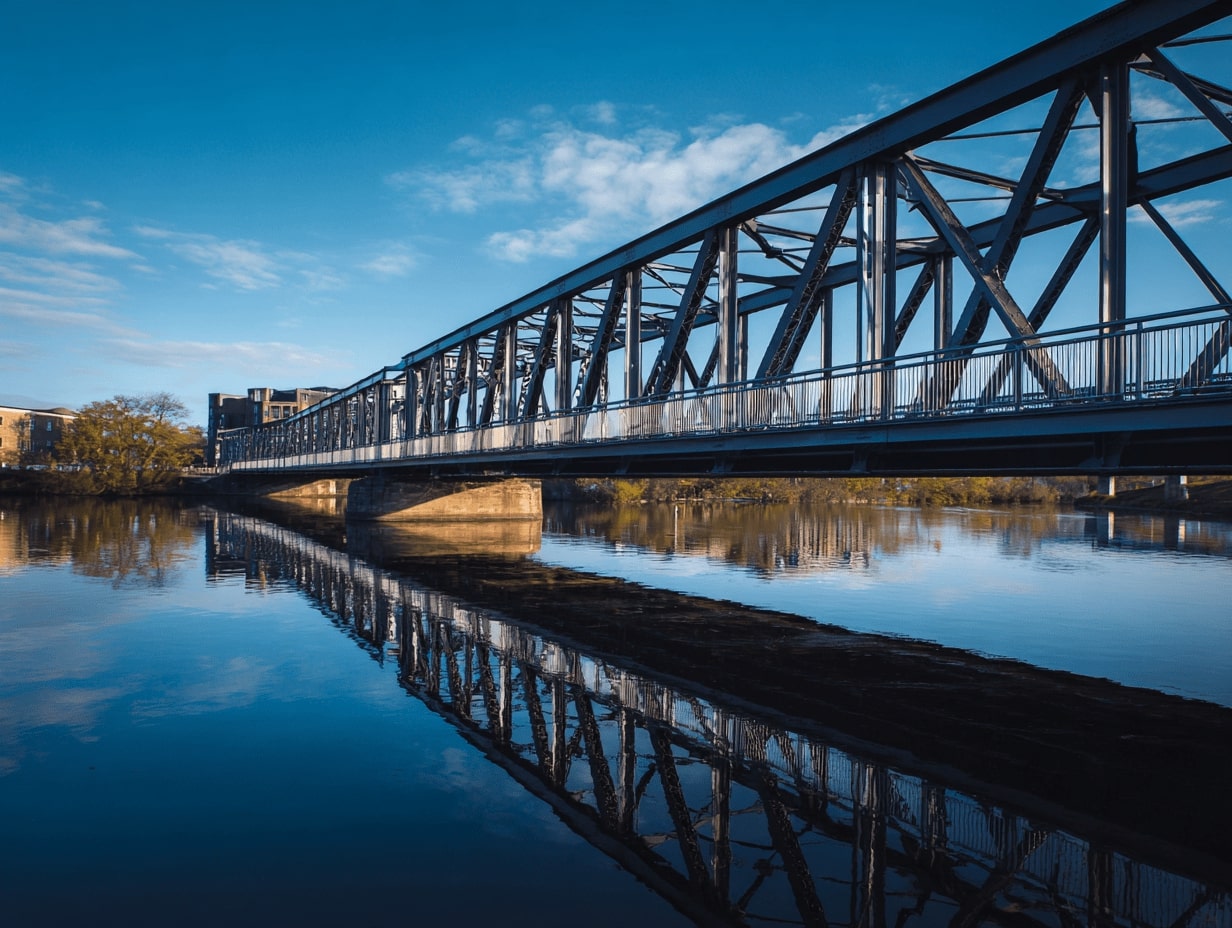
Lessons From Failures And Near Misses
We remember the bridges that fell. We study why, fatigue, scour, maintenance gaps, unexpected loads, so we don’t repeat the story. Transparent investigations and code updates build public trust. When we share what we’ve learned, we honor the people affected and raise the standard everywhere.
Climate Adaptation And Future-Proofing
Rising seas, stronger storms, hotter days, design baselines are shifting. Higher decks, corrosion-resistant materials, movable flood barriers, and scour-resistant foundations are becoming routine. We plan for redundancy so a single outage doesn’t sever a region. Resilience isn’t a buzzword: it’s a promise that a bridge will be there when we need it most.
Maintenance As A Public Promise
Bridges don’t fail overnight: they fail by neglect. Inspections, de-icing strategies that protect rebar, waterproofing, bearing replacements, these are unglamorous, essential acts of stewardship. When we fund maintenance, we respect taxpayers and the workers who keep us safe.
Digital And Social Bridges In A Networked World

Data, Sensors, And Smart Infrastructure
Today, sensors listen to our bridges: strain gauges, tilt meters, acoustic monitors. Data flags fatigue before cracks widen. Drones and digital twins let us simulate storms and traffic surges, plan repairs, and minimize closures. The smarter we get, the more uptime we deliver, and the less risk we carry.
Bridging Divides Beyond Geography
We also build bridges you can’t drive across: broadband that links rural clinics to specialists: community programs that connect newcomers to mentors: platforms that unite volunteers with needs. Physical bridges make proximity possible: digital and social bridges make participation possible. Put together, they expand who gets to belong.
Conclusion
When we say why bridges are more than structures, we’re naming a truth we feel every time we cross one: connection changes what’s possible. Bridges condense time, widen circles, and teach us to care for the places we touch. If we keep designing with humility, maintaining with rigor, and inviting more voices to the table, our next crossings won’t just move us, they’ll define who we are, together.
- architectural impact of bridges
- bridges and community impact
- bridges and economic growth
- bridges and engineering advancements
- bridges and environmental sustainability
- bridges and human connection
- bridges and public infrastructure
- bridges and their societal roles
- bridges and tourism
- bridges as cultural landmarks
- bridges in city planning
- bridges in transportation networks
- bridges shaping urban development
- cultural significance of bridges
- famous bridge builders
- history of bridge construction
- how bridges affect local economies
- iconic bridges around the world
- importance of bridges
- innovative bridge design
- social impact of bridges
Submit your architectural projects
Follow these steps for submission your project. Submission FormLatest Posts
Copenhagen Named the Happiest City in the World in 2025
Copenhagen has been named the happiest city in the world in 2025...
Frank Gehry’s Transformative Ideas in Urban Design
Frank Gehry’s influence extends far beyond expressive architecture; his ideas have reshaped...
Architecture as Infrastructure: Designing Beyond Buildings
Architecture as infrastructure reframes cities as systems—flows, lifecycles, and value. Explore resilient...
Designing for Emotional Urbanism: How We Shape Cities People Actually Feel Good In
Emotional Urbanism: a practical guide to design that reduces stress, boosts dwell...



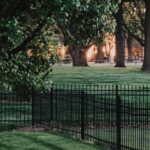
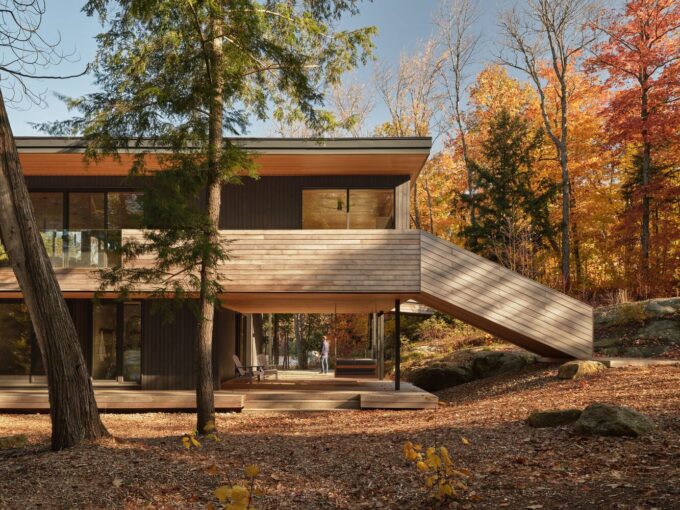





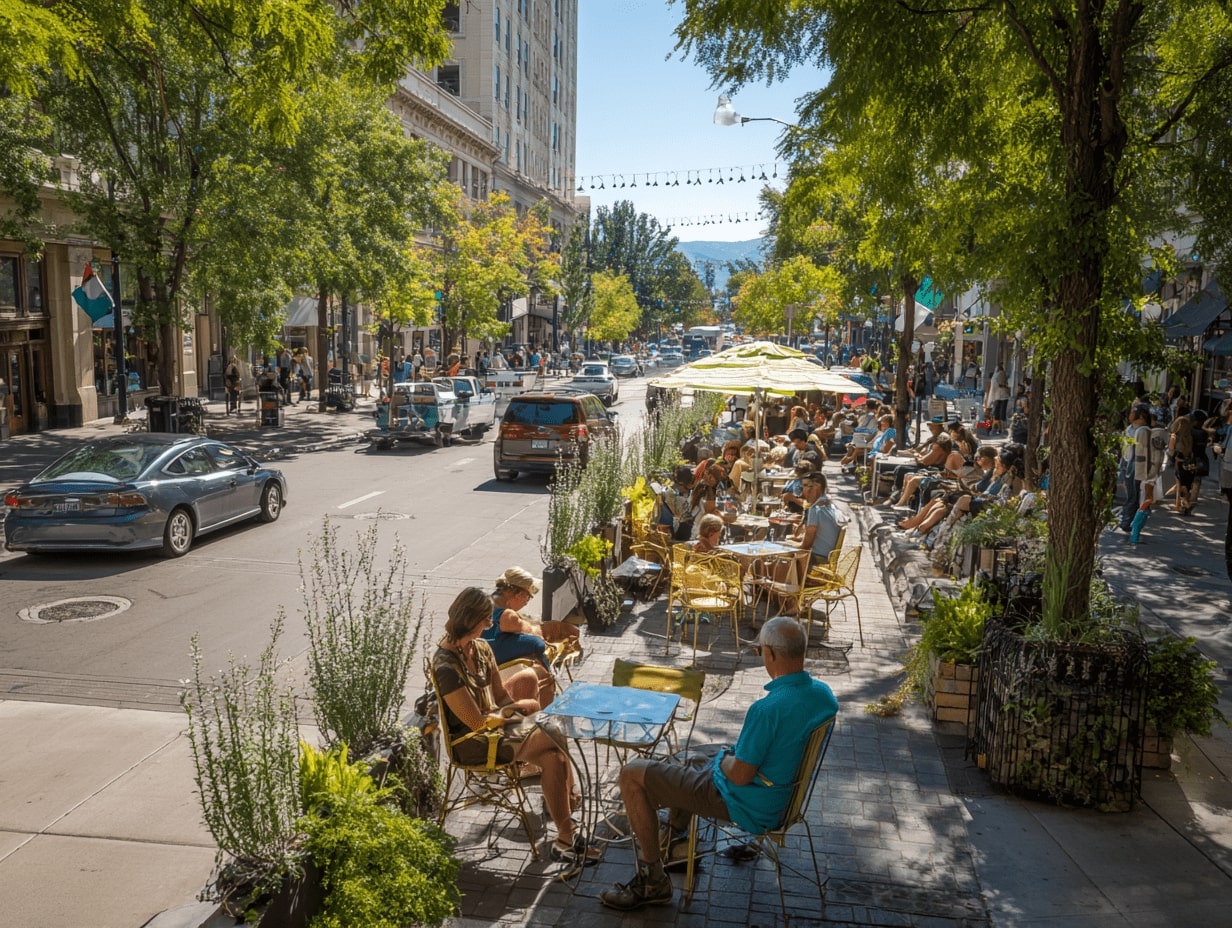
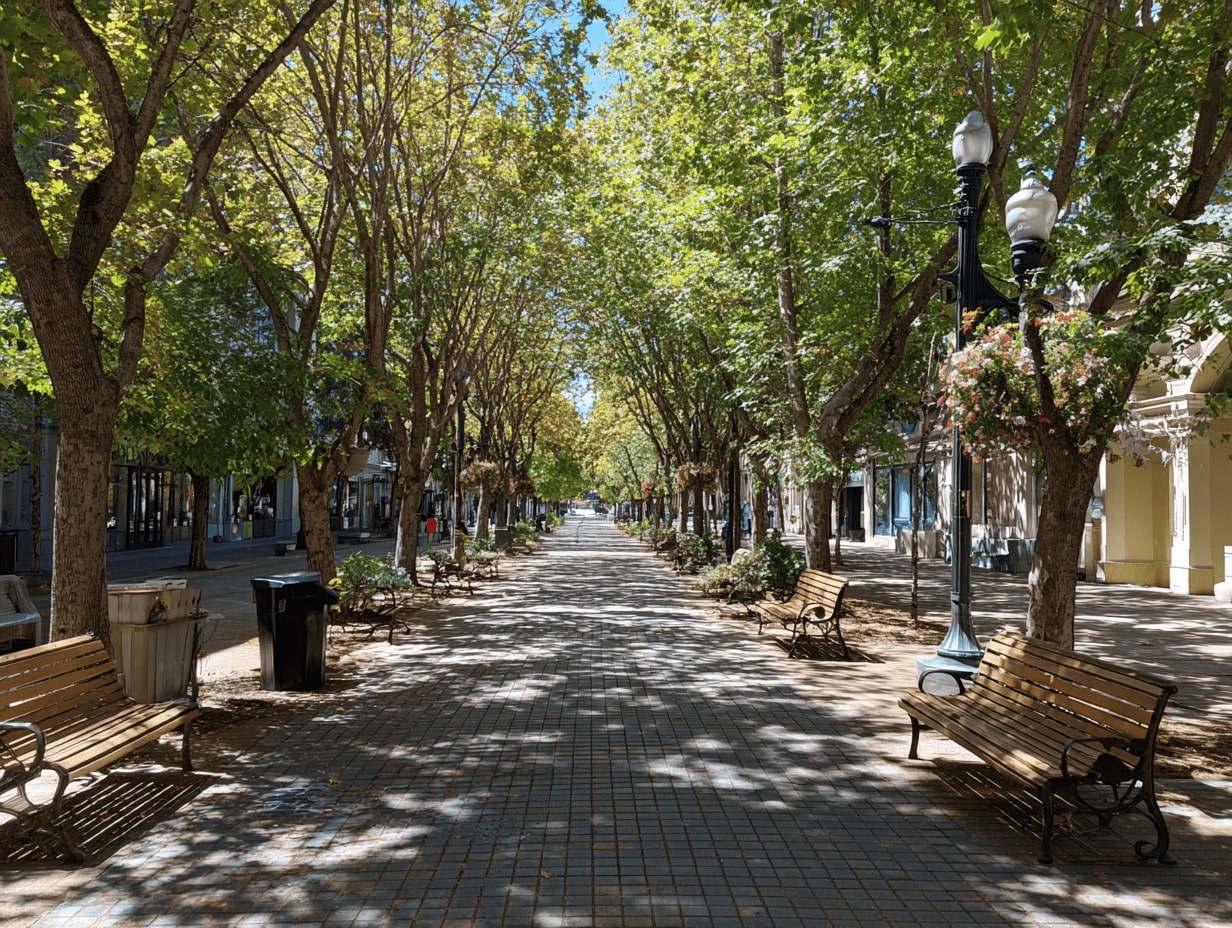
Leave a comment